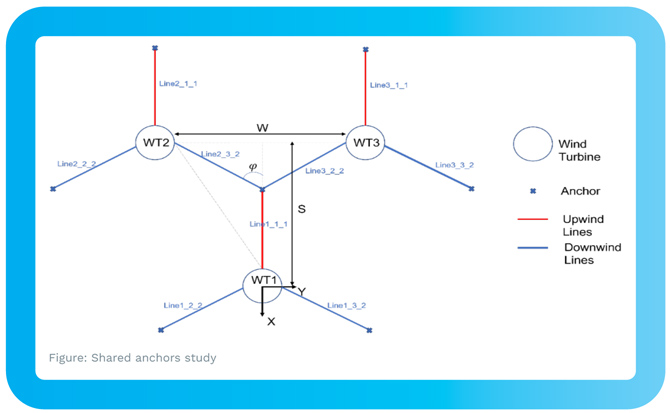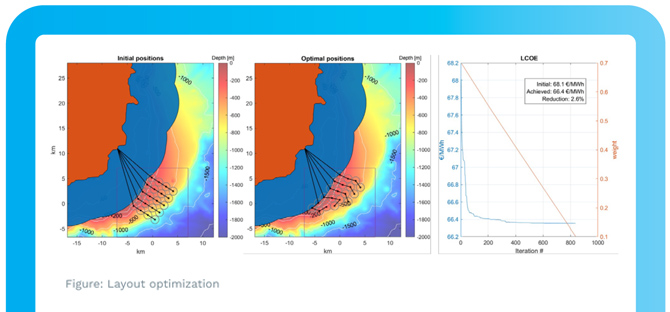The negative effects of climate change have been broadly demonstrated and renewable, carbon-free energy has proved to be one of the most important keys – if not the most – to achieve the transition that will halt human-induced global warming.
The effort is well worth it, as there are a number of generation technologies that have been developed in the last decades capable of accomplishing the environmental targets established by governments and other global institutions to fight against climate change. Nevertheless, analysing the evolution of the implementation of these technologies unveils that the time factor is critical and that a slowpaced change will not meet such targets, compromising the well-being of future generations.
COREWIND is the European project that began in this context – back in 2019 – to extend the applicability, reduce the costs and bring closer the commissioning of utility-scale plants of one on these technologies: floating offshore wind. Its implementation unlocks vast areas where wind energy could be generated around the globe with low impact on both human activities and the environment. Finishing next year, the project is in an advanced state already with some results leading to its main goal: reducing the LCOE (Levelised Cost Of Energy) of the technology, while maintaining a low environmental impact.
An example of the innovations conducted by the consortium are the shared anchors and shared mooring lines studies. As opposed to a conventional wind farm design where each turbine is moored independently, these studies aim at sharing certain components of adjacent units to reduce the cost of the system. The technical feasibility of a farm with shared anchors has been proved, but with limited cost benefit as the anchors cost is reduced but the mooring lines cost increases. However, the analysis of shared mooring lines lead to large costs reduction.

Another potential innovation to further reduce the LCOE of the floating wind farms have been studied by optimising their layout. Instead of following a regular distribution of the wind turbines in the site, a PSO (Particle Swarm Optimisation) has been applied to position the wind farm assets (offshore substations included), achieving reductions up to a 5% of the LCOE compared to the base cases with regular distributions.
The reliability of the results is deemed critical, therefore an accurate model has been implemented; among others, power losses are calculated by means of power flows following IEC standards, the site bathymetry is considered to modify the mooring system costs and restrictions such as minimum distance to shore or avoiding mooring line crossings are ensured.
The different improvements developed by the partners have not been limited to ideas and calculations. Instead, a validation campaign has been conducted to verify the materials behaviour in real conditions, as well as the integrated behaviour of two substructure concepts – ActiveFloat and WindCrete – together with their mooring lines and dynamic cables in a wave basin.
These and additional studies and improvements are being developed in COREWIND, which will be quantified together in the first half of next year to measure their impact. In all, the project is advancing successfully, delivering high-quality insights to the sector and providing a sustained boost required by the technology in order to achieve the ambitious environmental targets we need to stop global warming.

This project has received funding from the European Union’s Horizon 2020 research and innovation programme under grant agreement No 815083.